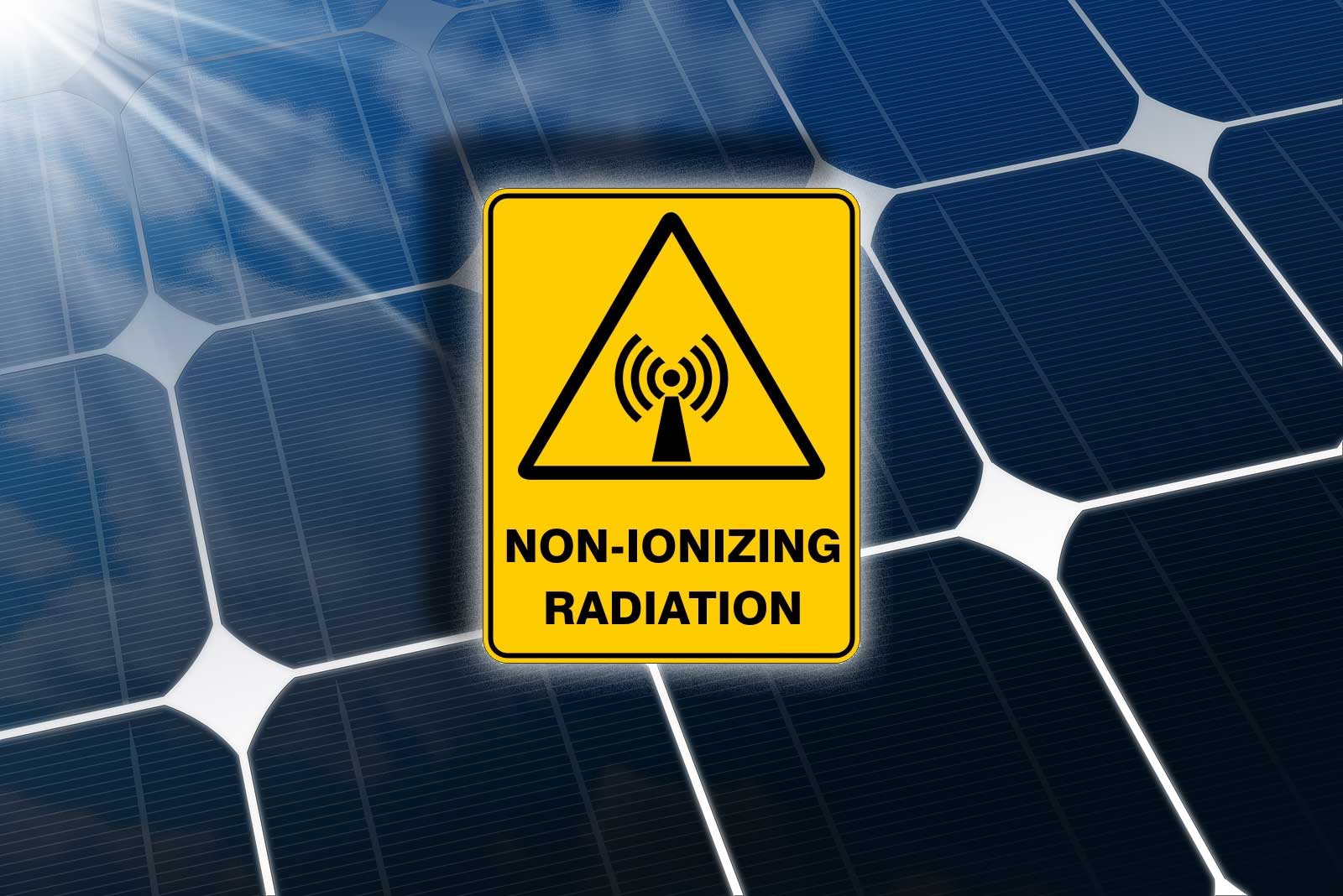Approximately 90 of most pv modules are made up of glass.
Toxic metals in solar panels.
The sustainability of photovoltaics and life cycle impact analysis of cadmium in cdte pv production have found that these metals do not leach from the modules into the environment under.
Conventional solar cells are made by cutting wafers from a block of silicon.
The most commonly utilized solar technologies use inert materials found at every building site including silicon glass aluminum frame and copper wiring.
Even though the common type of solar panel is non toxic there is a type of solar cell that can contain toxic materials.
Do solar panels contain toxic chemicals.
Although thin film photovoltaics do contain some heavy metals including cadmium numerous studies e g.
Additionally silicon tetrachloride a byproduct of producing crystalline silicon is highly toxic.
And because solar panels contain toxic materials like lead that can leach out as they break down landfilling also creates new environmental hazards.
When these panels enter landfills valuable resources go to waste.
However recent research coming out of the netherlands has spotted a red flag to relying on solar panels as a panacea for global emissions problems.
The toxic chemicals in solar panels include cadmium telluride copper indium selenide cadmium gallium di selenide copper indium gallium di selenide hexafluoroethane lead and polyvinyl fluoride.
Solar panels are composed of photovoltaic pv cells that convert sunlight to electricity.
Thin film cells in contrast are made by depositing chemical layers on a substrate such as glass or plastic.
Solar panels often contain lead cadmium and other toxic chemicals that cannot be removed without breaking apart the entire panel.

